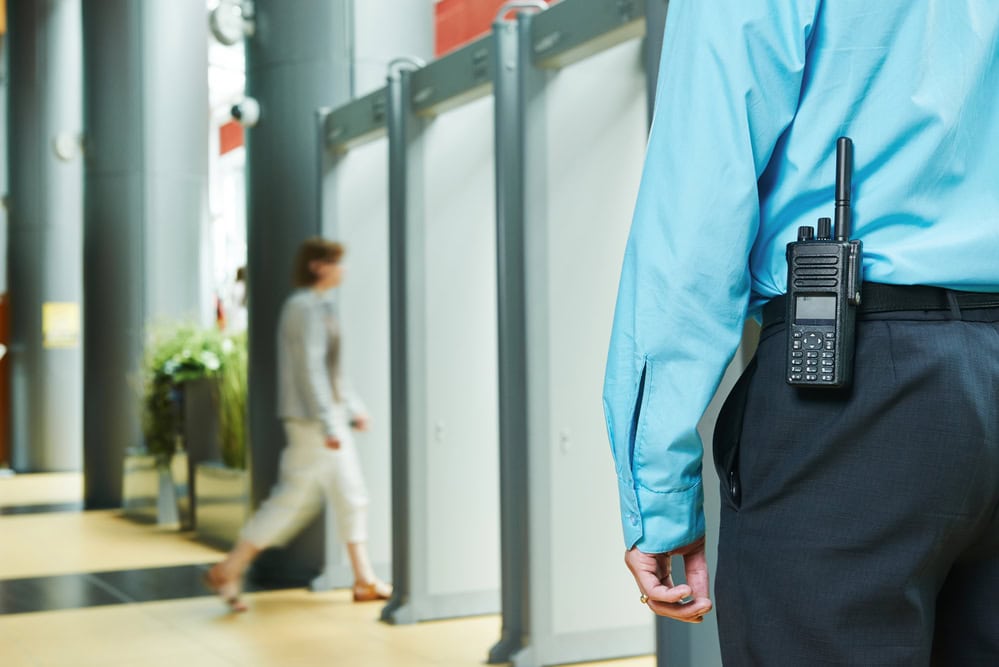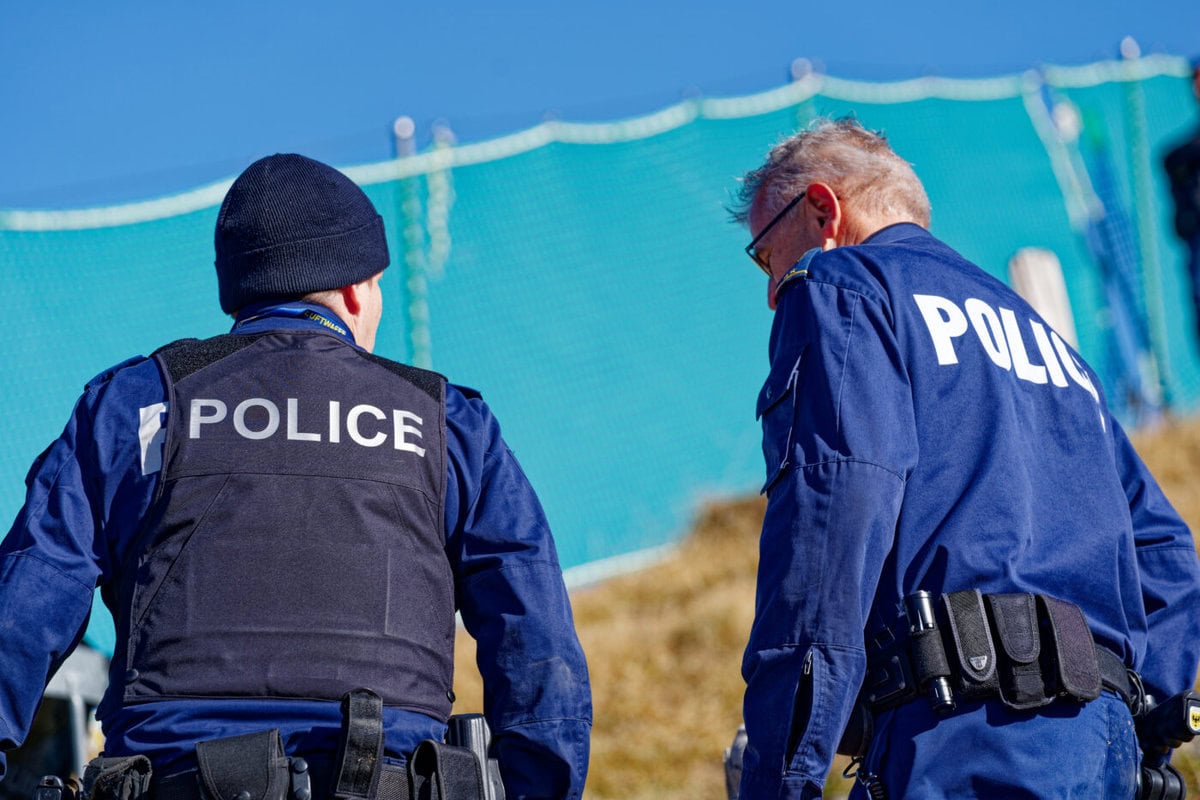UV radiation at work
In terms of the number of skin cancer cases, Switzerland ranks high in a country comparison. Every year, about 2800 people in this country develop melanoma, or black skin cancer. The main cause is the UV component of sunlight during unprotected outdoor exposure. This affects many workplaces, from construction to forests and fields to factory yards. Employers are called upon to take preventive action.

Whether on a beach vacation, after a mountain tour or on the balcony: Almost everyone has experienced that too much sun on unprotected skin burns later. The sunburn passes, but with each time the risk of skin cancer increases. In addition to the particularly dangerous melanoma, light skin cancer is diagnosed around 25,000 times a year, according to the Swiss Cancer League.
The skin forgets nothing
Several aspects come together in the causes for an increase in skin cancer numbers. On the one hand, the damaged ozone layer allows more and more UV radiation to pass through, and on the other, melanomas are detected earlier. The fatal thing is that radiation exposure adds up over the course of a lifetime.
Anyone who spends a lot of time outdoors for work-related reasons is particularly at risk. This applies not only to the construction industry, farmers or gardeners. Employees in many other industries such as green care, road maintenance, water management or surveying are also affected. Occupationally caused cases of skin cancer can be recognized as an occupational disease.
Prevention when working under the sun
Removing the source of danger is not an option; the sun cannot be turned off. Substitution is not always possible either, because many outdoor activities cannot be moved indoors or to a home office. Therefore, occupational safety and health managers in a company must use other options to protect employees at risk, such as:
- Use shade providers wherever technically feasible, such as sunshades, awnings, mobile pavilions, etc.
- Consider weather forecasts and UV index when organizing tasks
- Arrange working hours flexibly so that time spent in the blazing sun is minimized, e.g. use the early morning hours for tasks in the open air
- Educate employees and raise awareness of skin hazards
- Issue suitable protective clothing, ideally long-sleeved and air-permeable
The following applies to protective clothing: the higher the quality, lighter and more breathable, the greater the acceptance of wearing it. The head with face, neck and ears should also be protected, e.g. by a hat with brim or helmet with forehead shield and neck protection. The protection of the eyes by high-quality sunglasses should also not be forgotten, because the UV radiation also damages the cornea and retina.
Sunscreen as an option
UV protection creams should have a high sun protection factor (SPF) and be as fragrance-free and waterproof as possible. The SPF (or SPF for Sun Protection Factor) indicates the maximum factor by which the skin's own protection is extended - between 5 and 40 minutes, depending on skin type. Appropriate sunscreens are often essential, but should be the last option. Simply placing a box of creams on the construction site is not a solution to save yourself technical or organizational protective measures.
Important to know: The sun protection factor of the sunscreen requires thorough application and exposure. In case of movement, rubbing and sweating, a new application may be necessary. However, this in no way prolongs the protective effect! This would require a product with a higher SPF.
Sunscreen to put on
Originally developed for sports, special UV protective clothing is now also offered as workwear. But is that necessary? Doesn't every piece of clothing protect against the sun? Here it is necessary to look closely. Because the protective effect of different materials and fabrics differs greatly and can also diminish due to wetness or stretching when moving. A sweaty white cotton shirt hardly offers any protection in extreme cases, but can - on the contrary - act like a burning glass.
Therefore, the textile industry has developed sun protective clothing made of very tightly woven fine fibers. The fabrics are light and yet keep out a large part of the radiation. The decisive criterion is the UPF value (Ultraviolet Protection Factor). Its scale ranges from 0 to 80 and - analogous to the SPF of suntan lotion - provides an orientation by which factor one can extend the time in the sun without having to fear sunburn.
Whether and for which workplaces and activities such special UV protective clothing is absolutely necessary is a matter of debate. However, it is to be welcomed if - similar to climate-active and "breathing" fabrics - developments from sports and fitness clothing are also used for protection and to make work easier at work.
Enjoy the sun, but en masse
All the justified caution about skin damage should not lead us to perceive natural sunlight as a constant threat. Even the UV portion of the radiation should not be viewed only negatively, because we need it to form the body's own vitamin D. It's no coincidence that nice weather with sunshine puts us in a good mood, and especially in the darker months of the year, it can be beneficial to soak up a little sun. As is so often the case, however, it's the dose that counts. Anyone in an outdoor job who gets a lot of sun should protect themselves consistently.
Misconceptions about the UV hazard clarified:
No one should underestimate the effect of UV radiation; it damages the skin
- not only in high summer. Skin damage is already imminent in April and May;
the highest UV radiation occurs on June 21. - not only in heat, the air temperature says nothing about the UV intensity.
- not only at midday. The rule of thumb is: If you are taller than your shadow,
UV protection is required. - even in the shade, because clouds or trees keep out only part of the radiation.
- not only on the beach, UV intensity also increases at altitude.
- not only with a sunburn. Invisible skin damage already begins earlier
and even if you are already pre-tanned.









